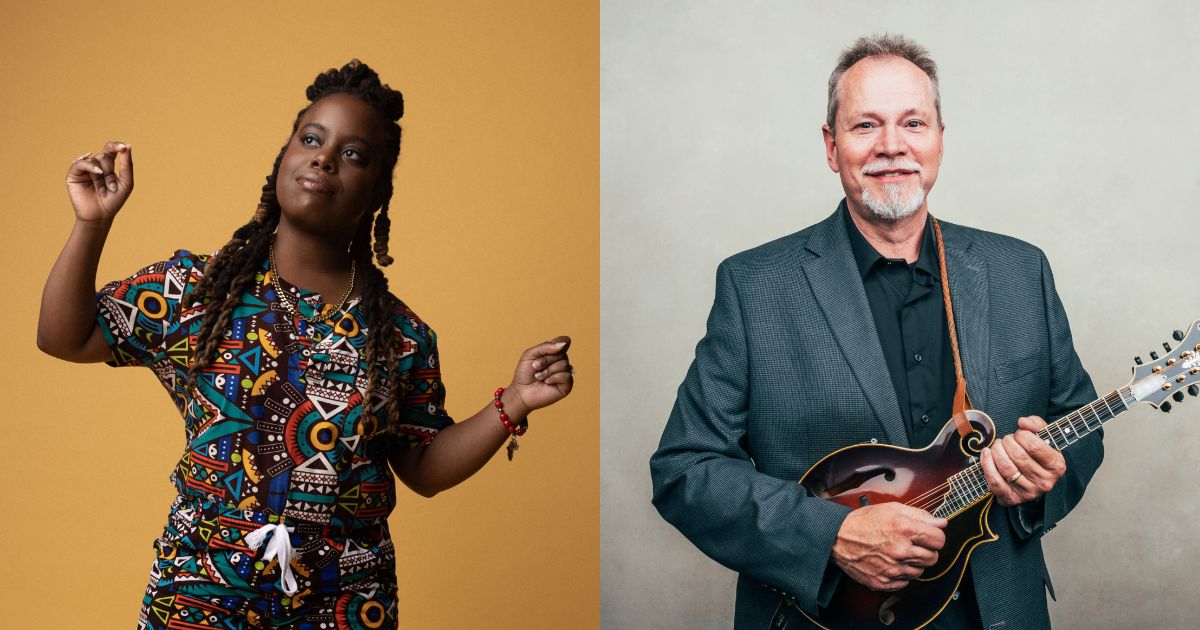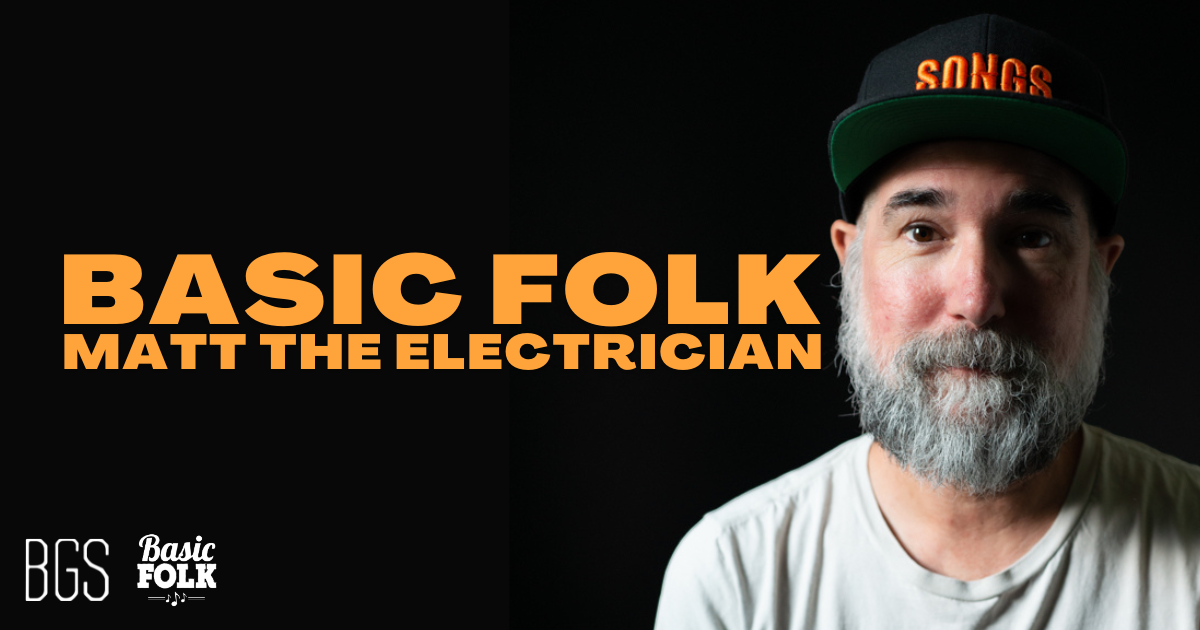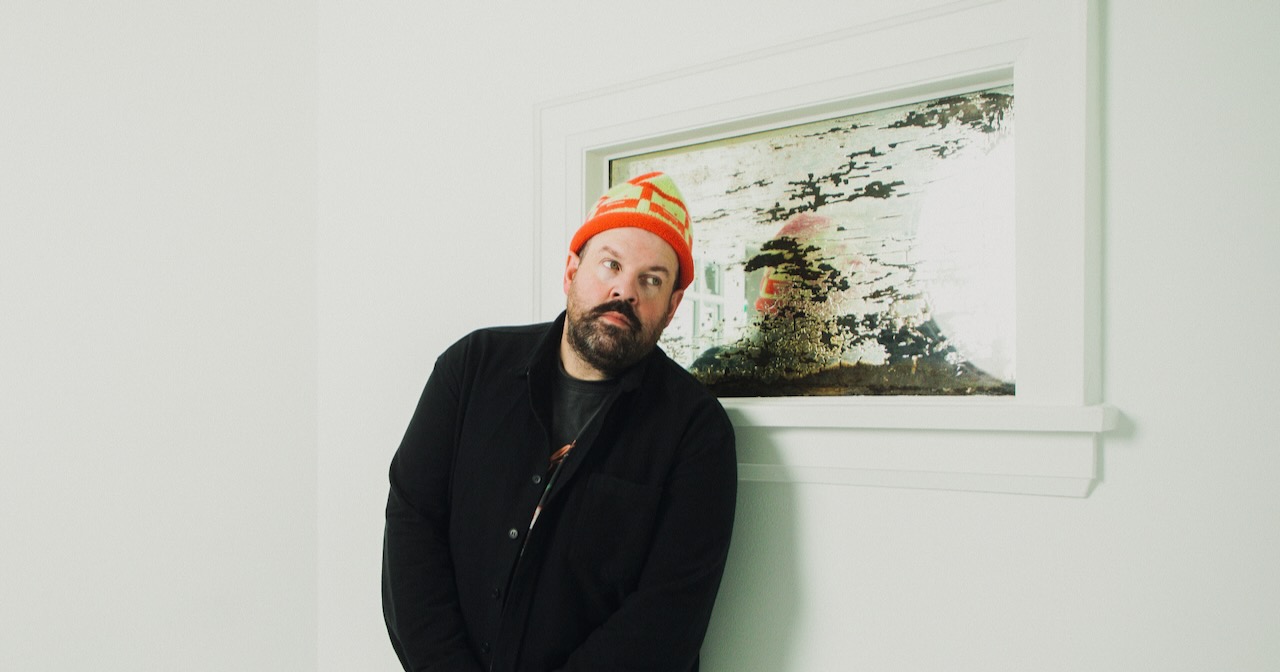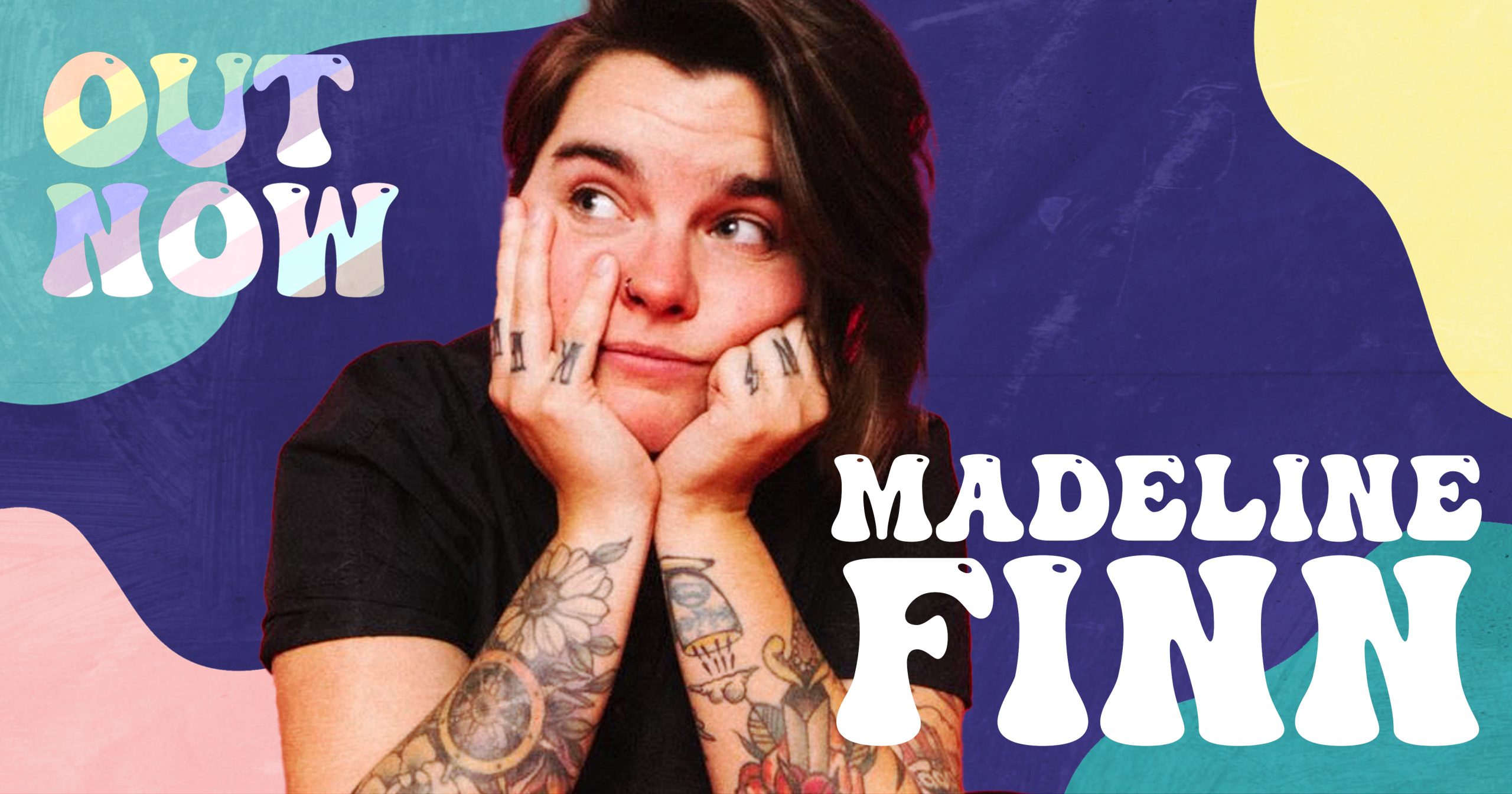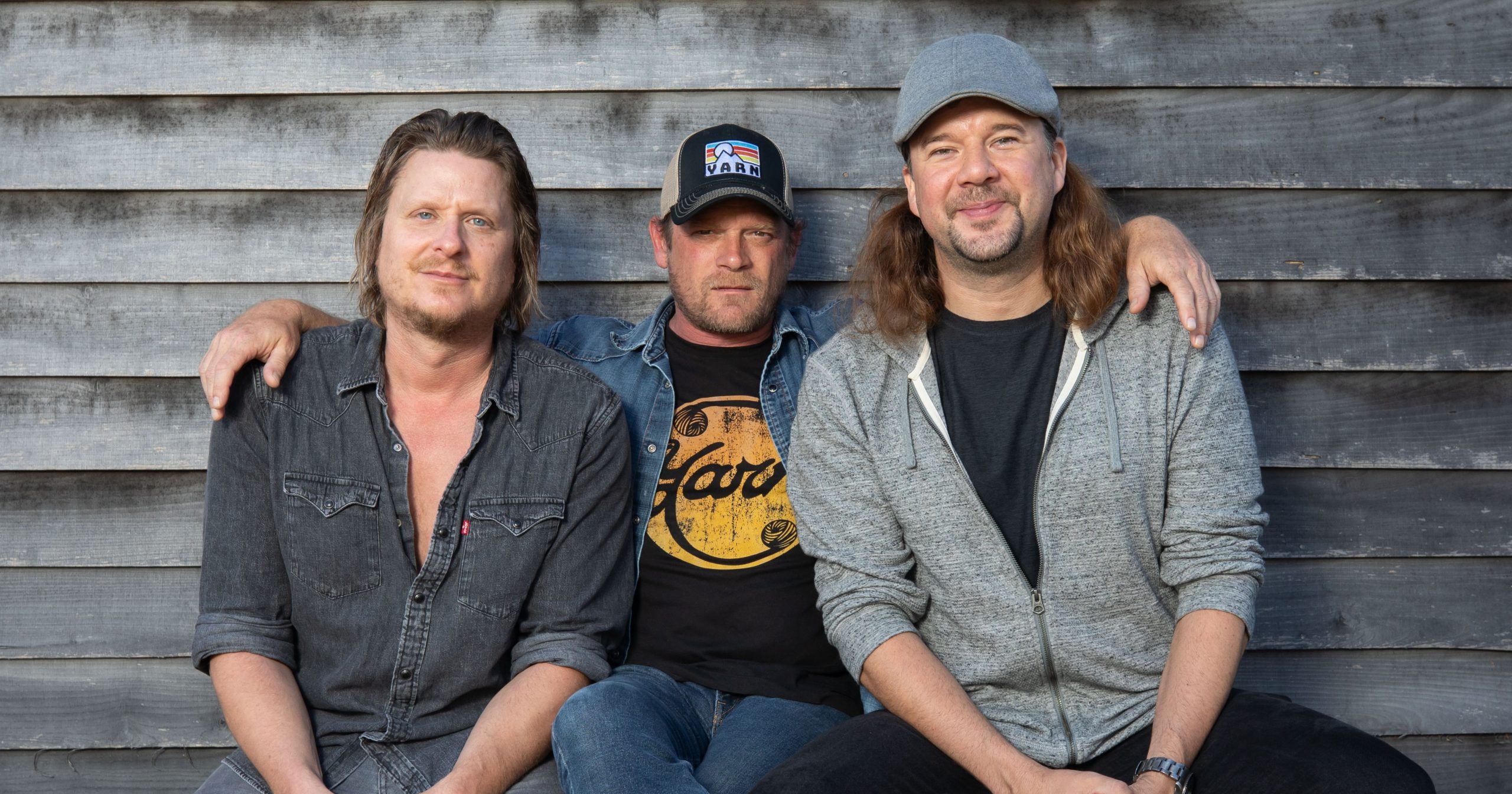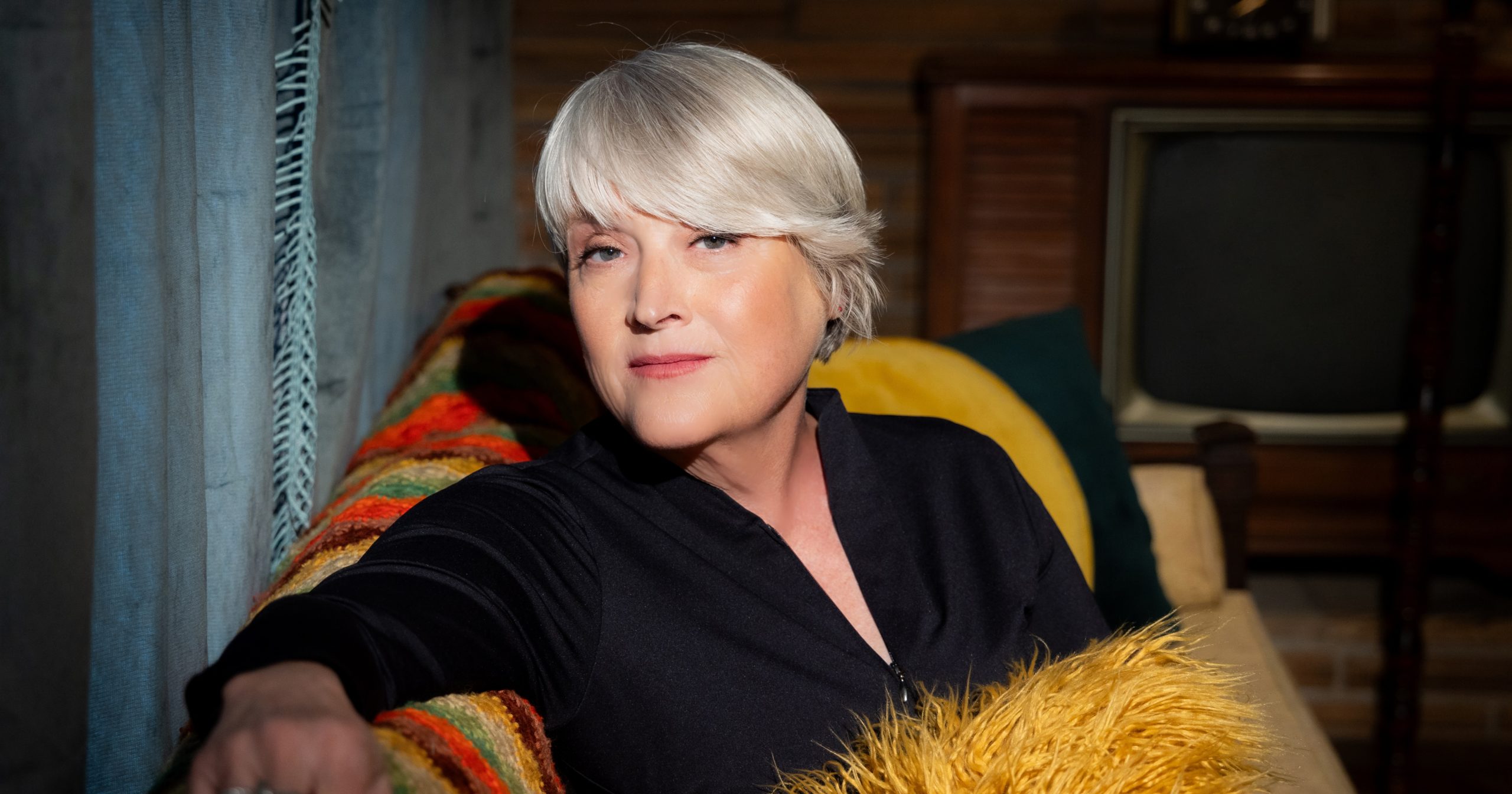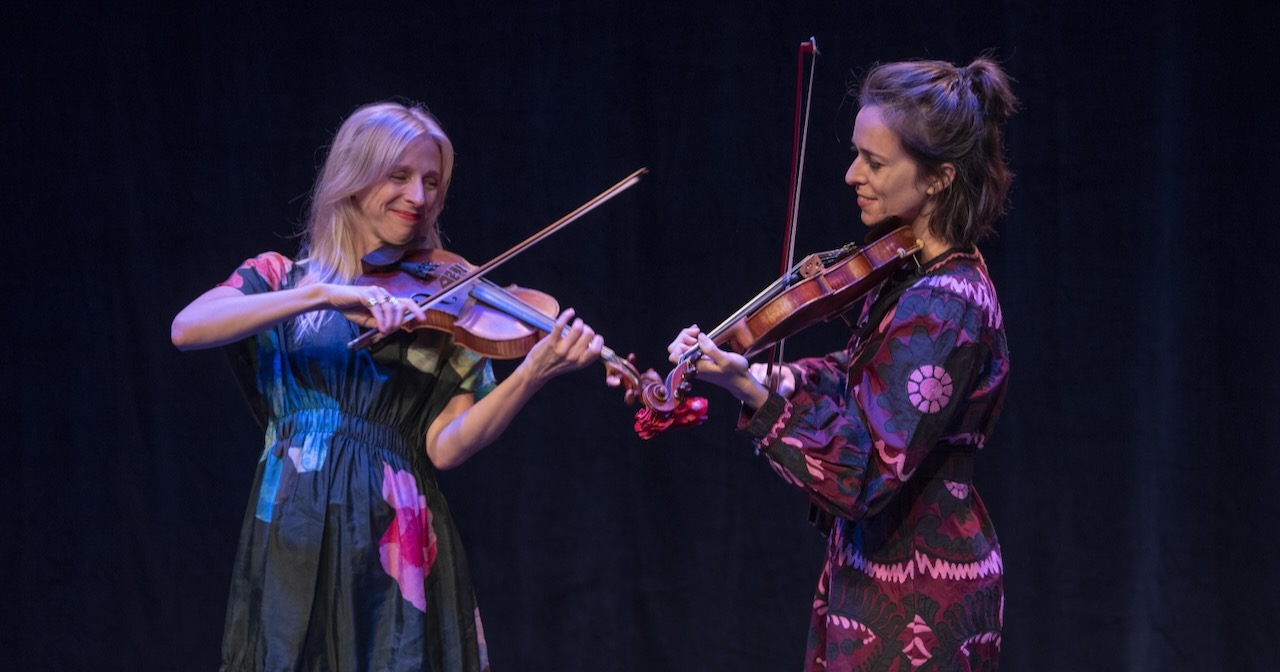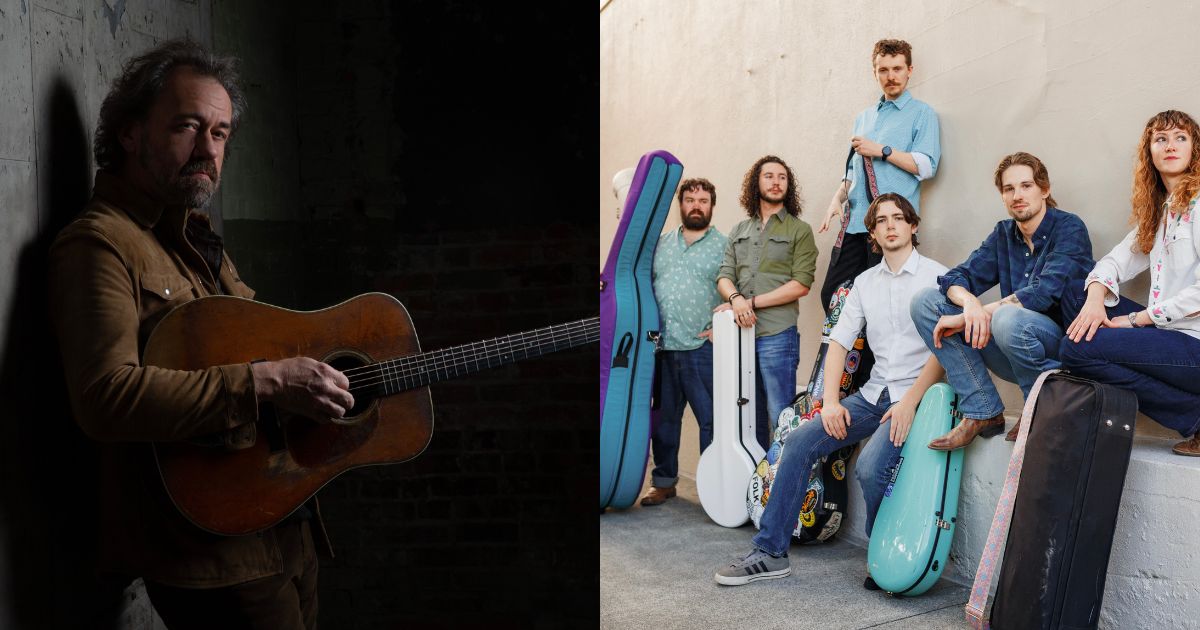It’s our first New Music Friday of August! This week, we’ve got an excellent handful of tracks you simply gotta hear. First, there’s Paula Fong with a “zippy little tune” that’s delightfully old school country. Plus, Danny Roberts brings us a ramblin’ bluegrass track, “The Drifter,” which pays homage both to David “Dawg” Grisman and Roberts’ late brother-in-law, Mike Mullins.
Our penultimate premiere is the title track for Americana duo – and 2024 AmericanaFest Official Showcase artist – A Tale of Two’s upcoming album, Renegade. To finish us off, the impeccable and mystifying guitarist Yasmin Williams calls on indie folk favs Darlingside for “Virga,” a swirling song from her just-announced upcoming album, Acadia.
Listen below, ’cause You Gotta Hear This!
Paula Fong, “A House Is Not A Home”
Artist: Paula Fong
Hometown: Los Angeles, California
Song: “A House Is Not A Home”
Album: Chestnut Mare
Release Date: September 6, 2024
In Their Words: “This is hands down the fastest I’ve ever written a song. It took me around 15 minutes to write it top to bottom – chords and lyrics – and felt like it just flew out of my head onto the page. I often write about fairly heavy subjects, but in this case I thought I’d just try out a zippy little tune that puts a smile in your heart and makes you want to tap your feet. I often get compliments that it sounds like an effortlessly classic old country tune.
“When I was in my early 20’s I moved from Los Angeles to North Carolina for a time to work at an outdoor Montessori/Quaker farm school that was located in the foothills of the Appalachian Mountains. Life there was full and busy, but in a different way from LA. Many things were clearer, more simple, more joyful in a way. I feel like this song captures one facet of the simplicity of that time (and some specific NC references – traveling across the mountains, chickens in the garden). Generally speaking, I think love is hardly simple, but there are certainly moments that can feel as easy and carefree as this song.” – Paula Fong
Danny Roberts, “The Drifter”
Artist: Danny Roberts
Hometown: Nashville, Tennessee
Song: “The Drifter”
Release Date: August 2, 2024
Label: Mountain Home Music Company
In Their Words: “When I started writing ‘The Drifter,’ I was inspired to compose something to pay tribute to one of my all-time favorite mandolin players, David Grisman. I feel like this song has that vibe, though nobody can play that style like Dawg. The song title is in honor of my late brother-in-law, Mike Mullins, who wrote a book called The Drifter before he passed away; that title just seemed to fit this song. ‘The Drifter’ was so much fun to record, and it’s always great to have my wife Andrea playing bass with me and the solos that Tony Wray (banjo and guitar) and Jimmy Mattingly (fiddle) played on it are magical. I’m blessed to have such great musicians helping me bring my music to life!” – Danny Roberts
Track Credits:
Danny Roberts – Mandolin
Andrea Roberts – Bass
Tony Wray – Acoustic guitar, banjo
Jimmy Mattingly – Fiddle
A Tale of Two, “Renegade”
Artist name: A Tale Of Two
Hometown: Nashville, Tennessee
Song: “Renegade”
Album: Renegade
Release Date: October 4, 2024
In Their Words: “‘Renegade’ is a fitting title for both the record and this song. It represents a shift, a changing of the tide. Our aim is to embody an identity that defies the norms of Nashville. Drawing inspiration from fragments of a previously unreleased track, “Renegade” continues the next chapter of our story, infused with the spirit of the Appalachian terrain we know so well.” – A Tale of Two
Track Credits:
Aaron Lessard – Guitar and vocals
Stephanie Adlington – Vocals
Ross McReynolds – Percussion
Elizabeth Estes – Fiddle
Jon Estes – Bass
Yasmin Williams, “Virga”
Artist: Yasmin Williams
Hometown: Woodbridge, Virginia
Song: “Virga”
Album: Acadia
Release Date: October 4, 2024
Label: Nonesuch Records
In Their Words: “A virga occurs when trails of rainfall from a cloud evaporate before they reach the ground. While virga can be beautiful to look at, it can also cause extreme turbulence for aircrafts. I related this phenomenon to how I feel about participating in the music industry. While it’s so fulfilling to create music that I’m proud of and to be able to travel around the world, the industry itself is dangerous to be a part of and doesn’t always value art or artists.
“Instead, the music industry values metrics and other things that are related to business, not art, forcing most artists to think about hitting their next business target instead of putting their energy into their music. I often feel overwhelmed with all of the expectations that the music business puts on artists and the constant need to move on to the next goal post instead of being able to reflect on, and be grateful for, the things I’ve already achieved.
“While writing ‘Virga,’ I realized that it’s totally fine to feel suspended in time, with my career goals, hopes, and dreams suspended in the atmosphere of an environment I have no control over… and I eventually learned how to thrive “in Virga,” through both the beautiful times and the turbulent ones.” – Yasmin Williams
Track Credits:
Darlingside – Vocals
Rich Ruth – Synth,
Yasmin Williams – Harp guitar
Jeff Gruber – Recording engineer
Mixed by Ken Lewis at thATMOS Studios.
Photo Credit: Yasmin Williams by Ebru Yildiz; Danny Roberts by Sandlin Gaither.
